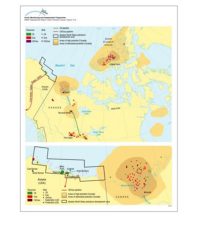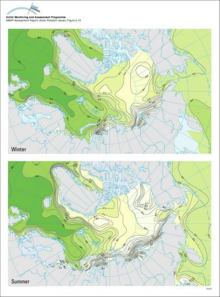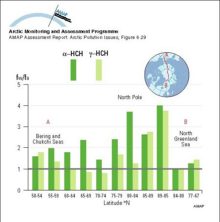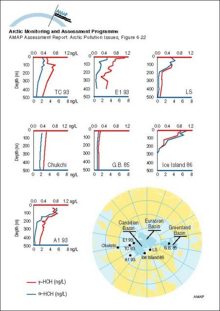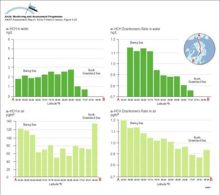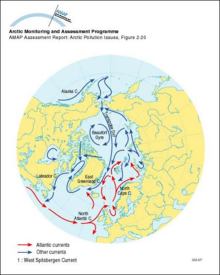You are searching within the geographical region Global.
Other related regions to search.
Your query returned 574 graphics.
Results 376 - 390
Other related regions to search.
Your query returned 574 graphics.
Results 376 - 390
Previous
1
2
3
4
5
6
7
8
9
10
11
12
13
14
15
16
17
18
19
20
21
22
23
24
25
26
27
28
29
30
31
32
33
34
35
36
37
38
39
Next
